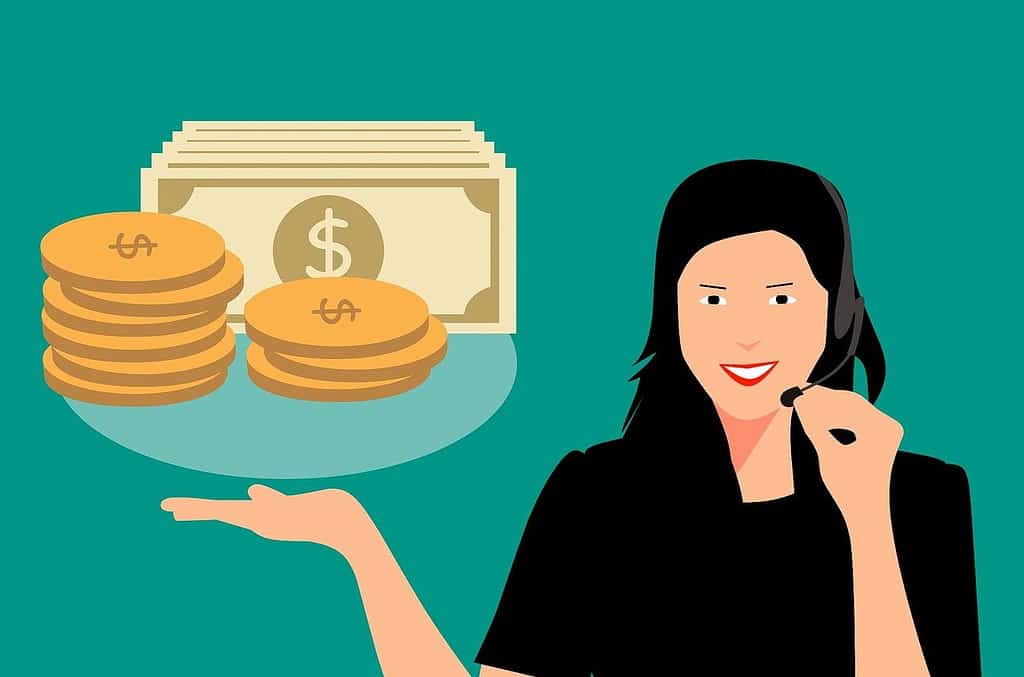For newcomers to the world of foreign exchange trading, one
of the most crucial decisions is determining the optimal time to engage in the
forex market. Unlike traditional stock markets, the forex market operates 24
hours a day, five days a week, presenting both opportunities and challenges for
beginners. This article will explore the best times for novice traders to enter
the forex market, considering various factors that influence trading
conditions.
Understanding Forex Market Trading Hours
The forex market is unique in its round-the-clock operation,
made possible by the global nature of currency trading. The market is divided
into four major trading sessions: Sydney, Tokyo, London, and New York. These
sessions overlap at certain times, creating periods of increased market
activity and volatility.
Forex
market trading hours are as follows (all times in Eastern Standard Time):
Sydney:
5:00 PM to 2:00 AMTokyo:
7:00 PM to 4:00 AMLondon:
3:00 AM to 12:00 PMNew
York: 8:00 AM to 5:00 PM
For beginners, it’s essential to understand these session
times and how they affect currency pairs and market dynamics.
The Importance of Market Overlap
The most active trading periods occur when two major
sessions overlap. The two most significant overlaps are:
London-New
York overlap (8:00 a.m. to 12:00 p.m.EST)Tokyo-London
overlap (3:00 AM to 4:00 AM EST)
During these overlaps, market liquidity and volatility tend
to increase, providing more trading opportunities. However, beginners should
approach these periods with caution, as rapid price movements can be
challenging to navigate for inexperienced traders.
Best Times for Beginners to Trade
For those new to forex trading, it’s generally recommended
to start during periods of moderate activity. Here are some of the best times
for beginners to trade:
Mid-session
trading: Trading in the middle of a major session, such as London or New
York, can offer a good balance of liquidity and manageable volatility.
This allows beginners to observe market movements without the extreme
fluctuations that often occur during session openings or overlaps.Early
US session: The period just after the New York session opens, from about
8:30 AM to 10:00 AM EST, can be suitable for beginners. By this time, the
initial volatility of the session opening has usually settled, and there’s
still good liquidity in the market.Late
European session: Trading during the latter part of the London session,
from about 11:00 AM to 12:00 PM EST, can also be beneficial. This period
often sees steady market activity without the intense volatility of the
London-New York overlap.
Analyzing the Forex Trading Chart
Before deciding when to trade, it’s crucial for beginners to
familiarize themselves with forex
trading charts. These charts provide visual representations of currency
pair movements over time and are essential tools for making informed trading
decisions.
Key elements of a forex trading chart include:
Time
frame: Charts can display price movements over various time periods, from
one minute to one month or more.Price
action: The main body of the chart shows how the price of a currency pair
has moved over time.Technical
indicators: These are mathematical calculations based on price and volume,
helping traders identify trends and potential entry or exit points.Support
and resistance levels: These are price levels where a currency pair has
historically had difficulty moving above (resistance) or below (support).
For beginners, starting with longer time frame charts (e.g.,
4-hour or daily) can help identify broader trends and reduce the noise
associated with short-term price fluctuations.
Factors to Consider When Choosing Trading Times
When determining the best time to trade, beginners should
take into account several factors:
Your
schedule: Choose trading times that align with your daily routine and when
you can fully focus on the market.Currency
pairs: Different pairs may be more active during certain sessions. For
example, EUR/USD is typically most active during the London-New York
overlap.Economic
releases: Major economic news and data releases can cause significant
market volatility. While these events can create trading opportunities,
they can also be risky for beginners.Personal
risk tolerance: Some traders prefer the higher volatility of session
overlaps, while others may feel more comfortable with the steadier
movements of mid-session trading.Trading
style: Your preferred trading style (e.g., day trading, swing trading)
will influence the best times for you to be active in the market.
The Importance of Practice
Regardless of the time you choose to trade, it’s crucial for
beginners to practice extensively before risking real capital. Many brokers
offer demo accounts that allow you to trade with virtual money in real market
conditions. Use these accounts to test different trading times and strategies,
and to gain confidence in your decision-making process.
As you gain experience, you’ll develop a better
understanding of market dynamics and may find that your optimal trading times
evolve. Remember that successful forex trading is a journey of continuous
learning and adaptation.
FAQ
Is it better to trade during high-volatility or
low-volatility periods?
For beginners, it’s generally safer to start with low to
moderate volatility periods. High-volatility times can offer more opportunities
but also come with increased risk. As you gain experience, you may feel more
comfortable trading during more volatile periods.
How important is it to consider time zones when trading
forex?
Time zones are crucial in forex trading. You need to be
aware of the active sessions and how they align with your local time. This
knowledge helps you plan your trading schedule and understand when major
currency pairs are likely to be most active.
How long should I practice on a demo account before trading
with real money?
The duration can vary depending on individual progress, but
most experts recommend practicing for at least 2 weeks on a demo
account. During this time, focus on developing a consistent strategy and
achieving profitable results before transitioning to live trading.
Can I trade forex part-time as a beginner?
Yes, many beginners start trading forex part-time. The
24-hour nature of the market allows for flexibility. However, it’s important to
choose trading times that you can consistently dedicate to market analysis and
active trading.
This article was created using Dukascopy’s advanced
analytical tools.
This article was written by FL Contributors at www.forexlive.com.

